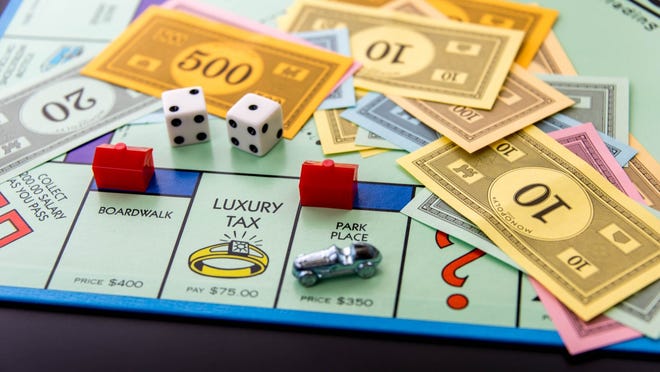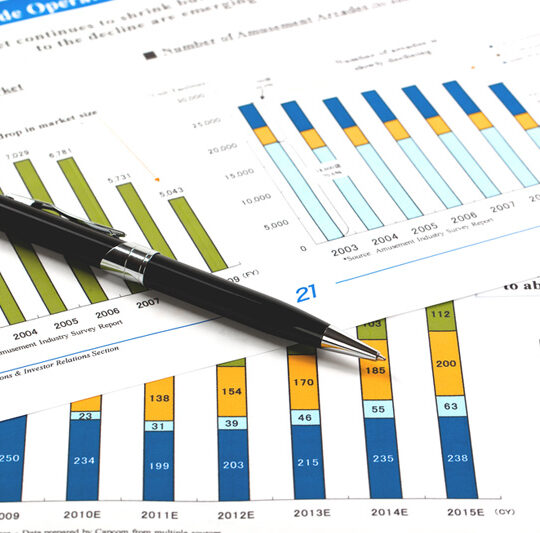
First created in the 1900s, Monopoly was known as The Landlord’s Game and reflected “the present system of land-grabbing with all its usual outcomes and consequences,” according to the Guardian. Since then, Monopoly has become a staple and is recognized as the most popular board game by Guinness World Records.
From its famous original to various themed incarnations, such as Marvel, Hello Kitty and Animal Crossing, Monopoly has one objective in mind: win by becoming the wealthiest player through buying, renting and selling property.
If you’re looking to make bank and have your sights on Boardwalk and Park Place, here’s what you need to know on how to play Monopoly and other information about the game.

Just Curious: We’re here to answer your everyday questions.
What comes in a Monopoly game?
Monopoly can be played with just two or up to eight players. A typical Monopoly game can last anywhere from 20 minutes to 3 hours, depending on how many players.
To get started, you need a Monopoly board and its corresponding pieces. According to Hasbro, each Monopoly game set includes:














